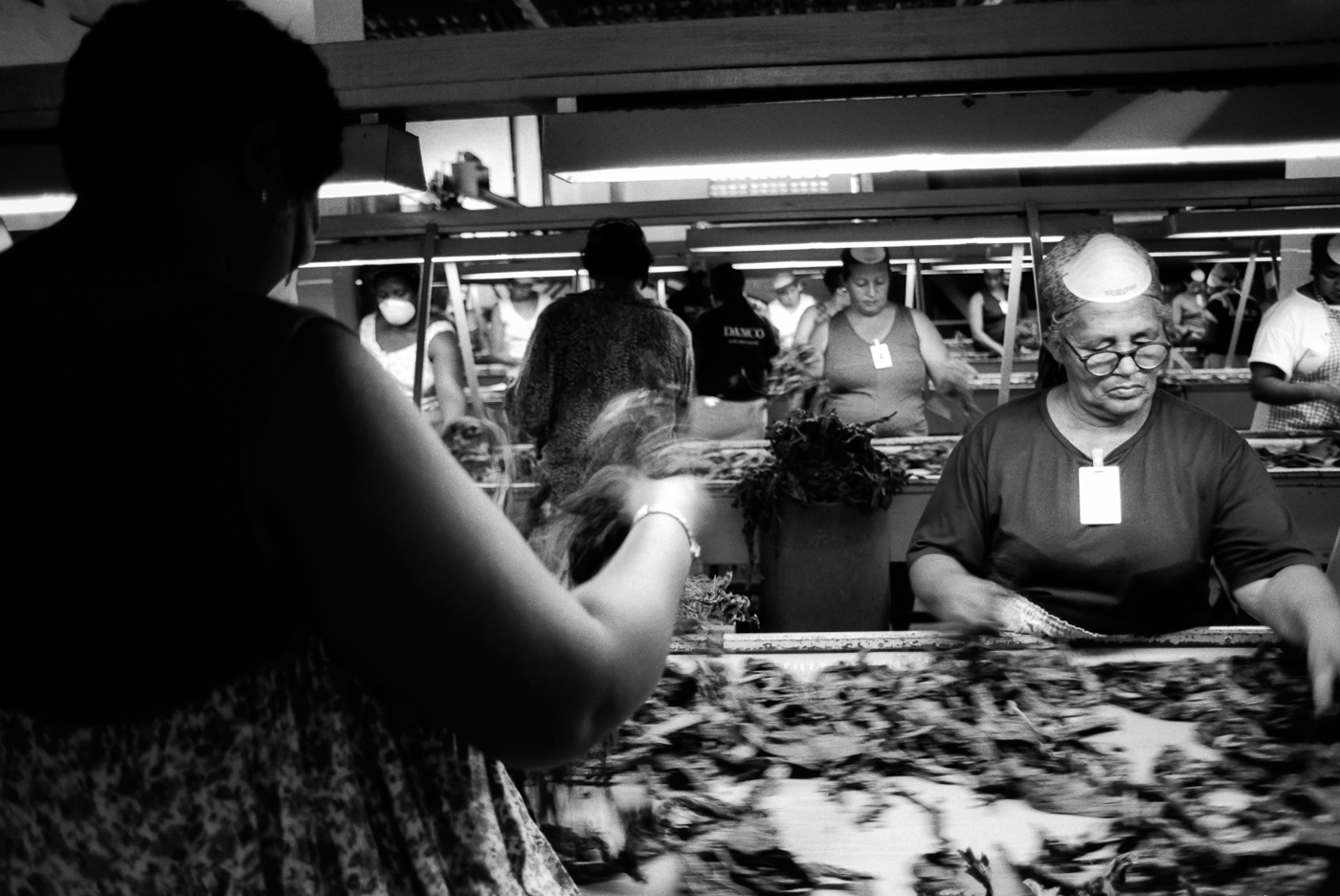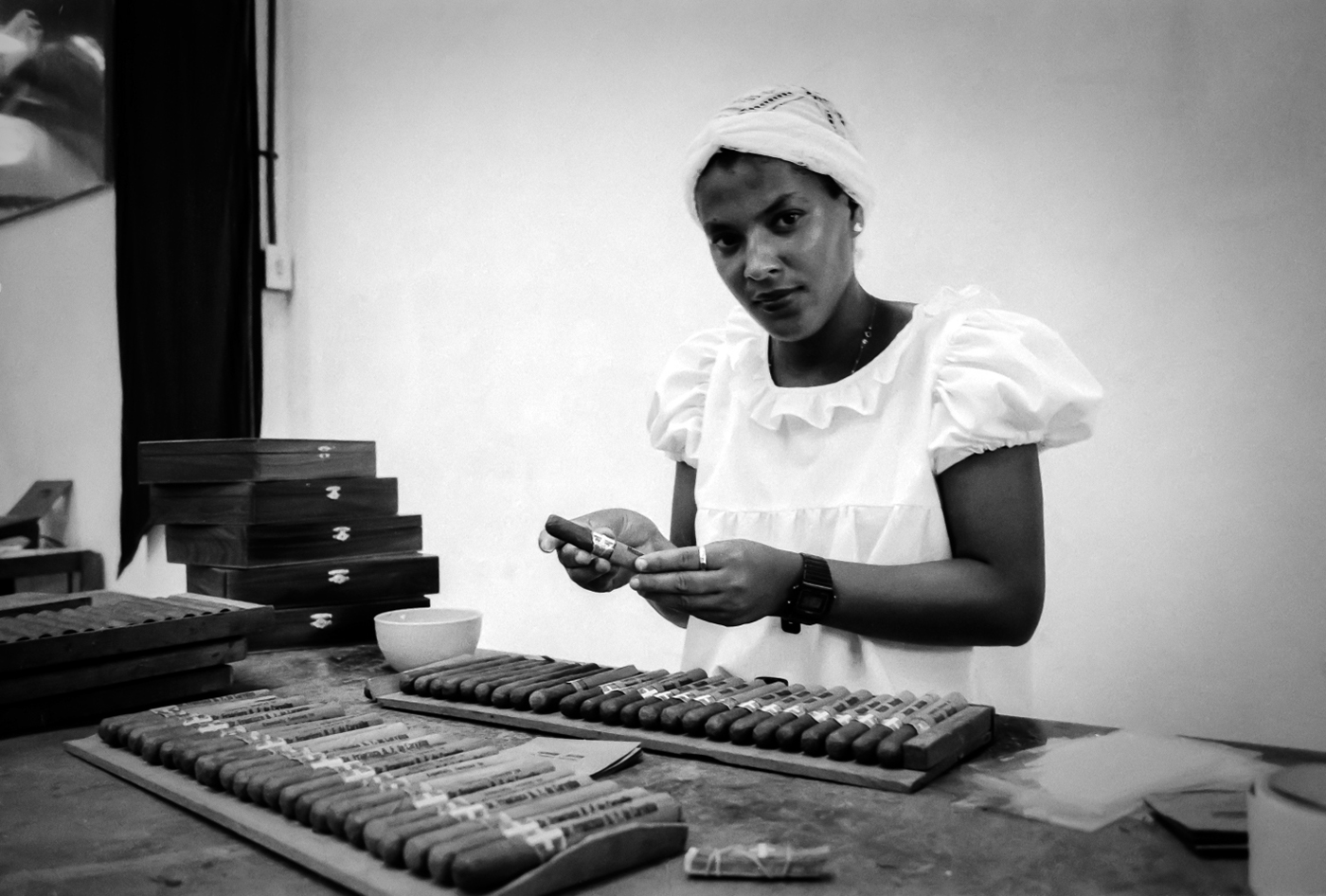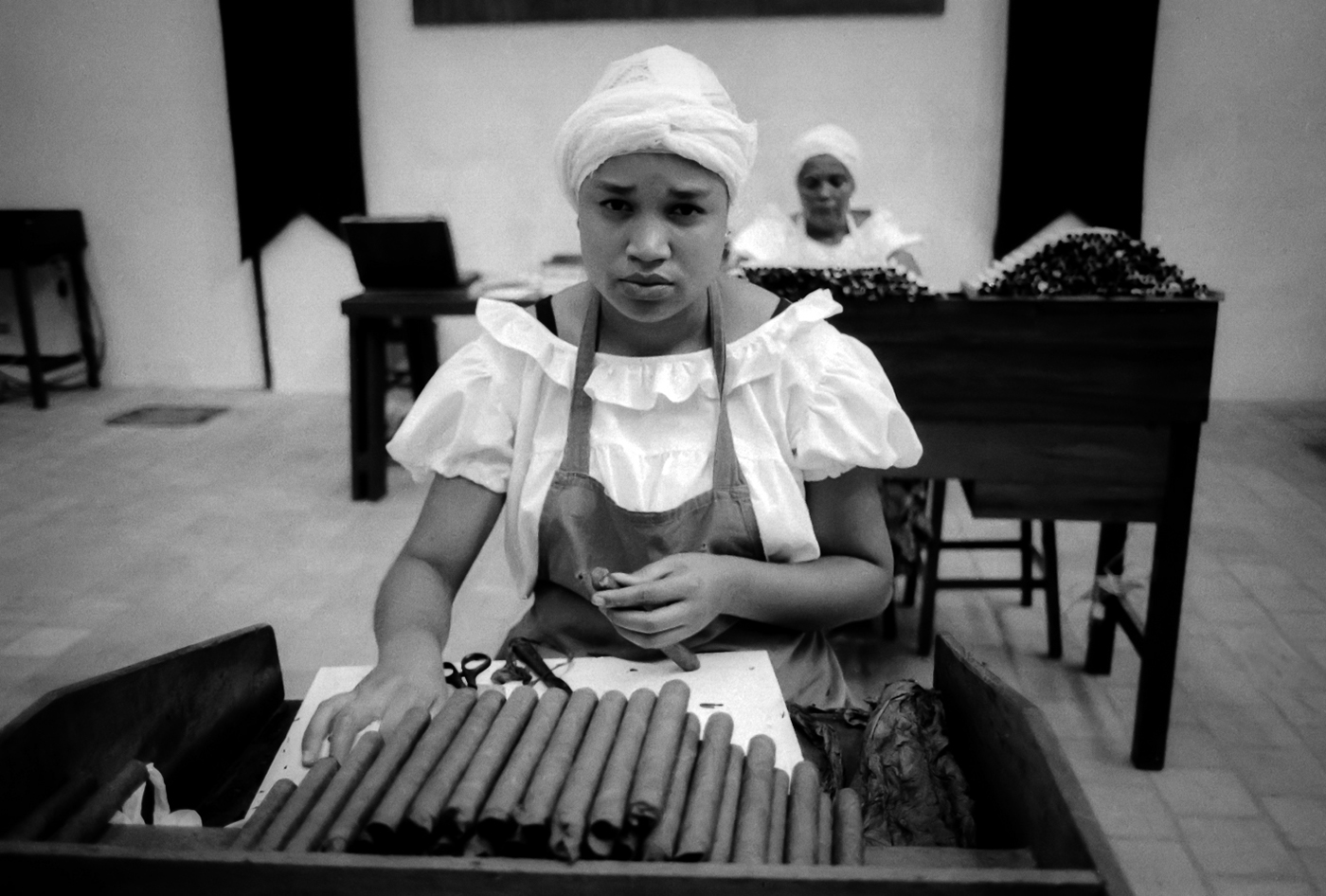A good cigar
Potatoes, tomatoes and tobacco, of all the agricultural products of the New World, are those who have had more widespread. Tobacco, being an export product, since the beginning of the colonial era had a strong impact on agriculture of the Brazilian Recôncavo.
The Tupinamba, a Brazilian ethnic group, taught the Portuguese sailors tobacco use. Just because in use on ocean routes, tobacco played an important role not only in Europe but also in Africa.
Tobacco in fact, grown by slaves in the Recôncavo was in turn used as a bargaining chip to buy new slaves from the West African coast.
Many Europeans attracted by the promising new market, since the mid-nineteenth century, they moved to Bahia to cultivate tobacco. German, Swiss and some Dutch started in the Brazilian Reconcavo many businesses.
The motivation of this phenomenon is in excellent characteristics of the climate and soil of the region. The soil is slightly sandy, the rain does not lack in the growing season and the sun is never too hot.
The cigar tobacco took over on that cigarette, why they did not develop immense plantations.
Before 1900 Brazilian tobacco were exported about 60,000 tons per year; this trade soon became one of the main items of the livelihood of the families of the Reconcavo.
The last two decades, giving farmers the opportunity to work on their own and sell directly to exporters, there was a decisive improvement of working conditions. The limits imposed by the old regulation that saw farmers subject to loans and sales bans have been exceeded. In addition, there are many women who have found work in the fields and factories, allowing them to have a steady job, very difficult to achieve in the region.

Sao Felix. Harvesting tobacco leaves in a plantation

Sao Felix. Selection of the leaves to get cigars of the same size and the same color

Sao Felix. A good cigar should not be particularly pressed and must be porous to allow air to pass freely and the aroma given off

Sao Felix. There are many women who have found work in the fields and factories, allowing them to have a steady job, very difficult to achieve in the region.
These photos are part of a photographic and documentary project, realized between 1996 and 2001 in Brazil. The original project has been developed in two different moments that have resulted in the creation of four documentaries shoted in the states of Amazonas, Roraima, Bahia, Minas Gerais and Parana', in addition to a portfolio that represents the synthesis. The cultural stratification which over the centuries has affected the Brazilian continent is still being seen today with anthropological and social connotations. The aim of photographic project shown here, is to catch the signs in the culture and society of visited countries.


